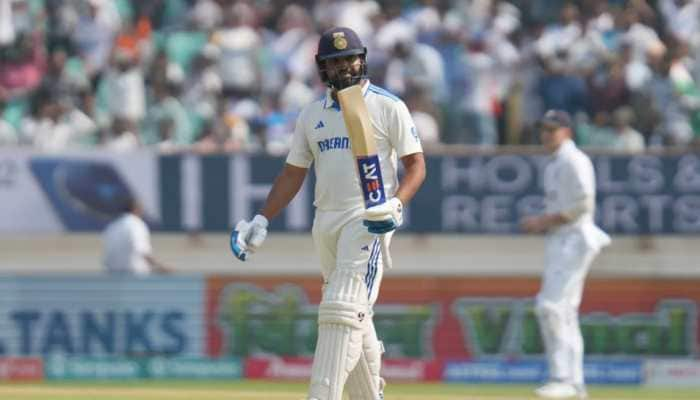Cassini gives Titan a 'goodbye kiss' as it takes a final glimpse of Saturn's giant moon
On September 11, the spacecraft made its closest approach to Titan at 12:04 pm PDT (3:04 pm EDT), at an altitude of 73,974 miles (119,049 kilometers) above the moon's surface.
Trending Photos
) Image courtesy: NASA/JPL-Caltech
Image courtesy: NASA/JPL-Caltech New Delhi: Not just Saturn and its rings, NASA's Cassini spacecraft also made in-depth plunges and manoeuvres to provide insights into the planet's moons – Titan and Enceladus – too.
In fact, one of Cassini's biggest revelations includes unveiling Enceladus – Saturn's icy moon – and the fact that it has many of the ingredients needed for life.
So, Cassini wouldn't just be saying goodbye to Saturn, it will also take one last look at its two moons before it makes a death dive into the planet's atmosphere and explode like a meteor, thereby marking the end of its 13-year mission.
On September 11, the spacecraft made its closest approach to Titan at 12:04 pm PDT (3:04 pm EDT), at an altitude of 73,974 miles (119,049 kilometers) above the moon's surface.
This was its final, distant flyby of the planet's giant moon.
As per NASA, Cassini is scheduled to make contact with Earth on September 12 at about 6:19 pm PDT (9:19 pm EDT). Images and other science data taken during the encounter are expected to begin streaming to Earth soon after.
Navigators will analyze the spacecraft's trajectory following this downlink to confirm that Cassini is precisely on course to dive into Saturn at the planned time, location and altitude.
The distant encounter is referred to as the 'goodbye kiss' by mission engineers, since it provides a gravitational nudge that sends the spacecraft toward its dramatic ending in Saturn's upper atmosphere.
"Cassini has been in a long-term relationship with Titan, with a new rendezvous nearly every month for more than a decade," said Cassini Project Manager Earl Maize at NASA's Jet Propulsion Laboratory in Pasadena, California.
"This final encounter is something of a bittersweet goodbye, but as it has done throughout the mission, Titan's gravity is once again sending Cassini where we need it to go," he said.
Cassini is ending its 13-year tour of the Saturn system with an intentional plunge into the planet to ensure Saturn's moons – in particular Enceladus, with its subsurface ocean and signs of hydrothermal activity – remain pristine for future exploration.
The spacecraft's fateful dive is the final beat in the mission's Grand Finale, 22 weekly dives (begun in late April) through the gap between Saturn and its rings. No spacecraft has ever ventured so close to the planet before, NASA reported.
Stay informed on all the latest news, real-time breaking news updates, and follow all the important headlines in india news and world News on Zee News.
Live Tv







)
)
)
)
)
)
)
)
)
)
